How do astronomers measure the distance to stars? Is it accurate?
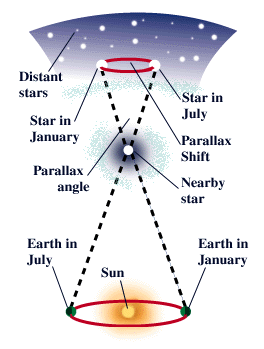
In order to figure out how far away a star is, astronomers use a method called parallax. Because of the Earth's revolution about the sun, near stars seem to shift move against the farther stars. This is called parallax shift. By observing the shift, astronomers are able to calculate how far away the star is.
The smaller the parallax shift, the farther away from earth the star is. This method only works for close stars. When the stars are very far away, the parallax shift is too small to measure.
To measure the distance to stars very far away, astronomers compare the true brightness of the star with how bright it looks to us. This method was discovered by American astronomer Henrietta Leavitt in 1912 and used in the early part of the century to find distances to many globular clusters.
Submitted by Viabhav (India)
Submitted by Nasser (Oregon, USA)
Submitted by Larry (Philippines)
(Febuary 10, 1998)
You might also be interested in:
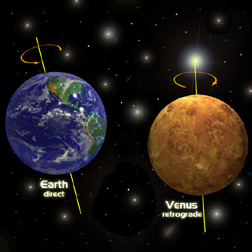
It depends on which type of motion you are asking about. If you take a birds-eye view from the top of the solar system all the planets orbit around the Sun in a counter-clockwise (or direct) direction.
...more
Have you ever wondered how astronauts live in space? Did you know they do a lot of the same things we do here on Earth? Astronauts eat, exercise and sleep just like we do. However, their food isn't always
...more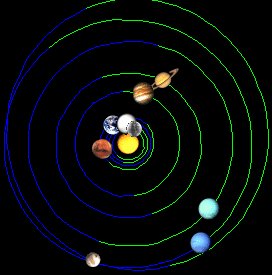
There is a really neat internet program called Solar System Live that shows where all of the planets and the Sun are. If you go to that page, you'll see an image similar to the one on the left. Below the
...more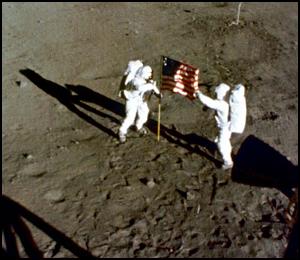
The picture of the American Flag (the one put there by the Apollo astronauts) is waving (or straight out) in the wind. How could that be possible if there is no atmosphere on the Moon? Was it some sort
...more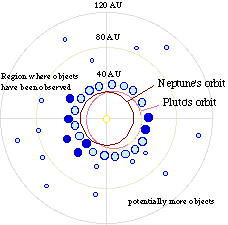
I was wondering if there is a new planet? Are there planets (a tenth planet?) after Pluto belonging to our solar system? What are the names of the new planets discovered in the solar system? Are there
...more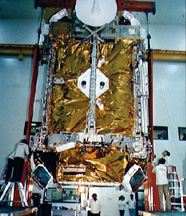
When an object has a really high energy, it can form a black hole. This is called a primordial black hole. Primordial black holes were formed near the beginning of the universe. Primordial black holes
...more













